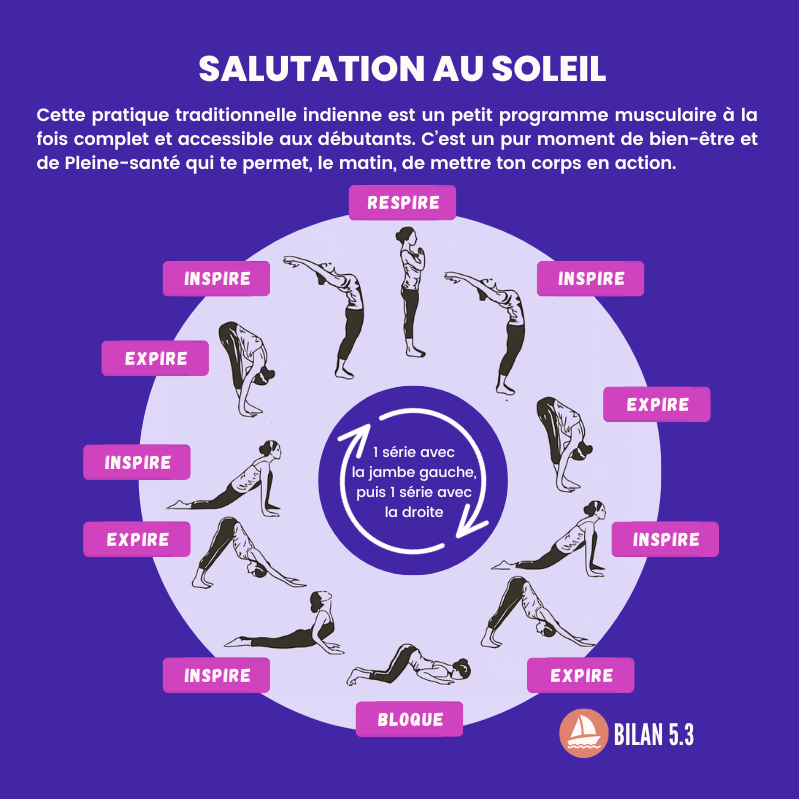Active listening is one of the basic communication techniques. Theorized by the psychologist Carl Rogers (1902-1987), it is based on the use of questioning and reformulation to encourage the interlocutor to express themselves freely and confidently.
According to the definition of Carl Rogers, this communication technique is based on sincerely listening to others to better understand them and improve our relationship with them. The term “active” refers to the total involvement of the interlocutor in the game of active listening and thus requires them to really concentrate on what is being said to them.

L’active listening aims to understand the message, assimilate and memorize the information, and formulate an appropriate response. Passive listening does not require assimilating information or responding to the speaker. It’s the one we use, for example, when we absent-mindedly watch a game show on TV…
The 3 stages of active listening
In his active listening exercises, Rogers emphasizes the importance of following the three steps of the technique.
- Listening : It is not enough to hear the words. You must pay full attention to both the message and the emotion that accompanies it. Taking the time to listen allows you to overcome the barriers of passive communication.
- The Reflection : At this point, you don’t have to give a direct answer. Open-ended questions or comments that reflect your understanding and engagement may be enough.
- The Answer : This step is crucial. It allows you to show that you actually listened and understood what was said. Your response can be both verbal and non-verbal and does not necessarily have to solve the problem in question.
The important thing is to offer a positive reflection of the other person’s feelings. Indeed, the objective is to be as interested as possible in the person, in what they are experiencing and what they are feeling. You need to be careful with the wording of your answer.
You can opt for a reformulation of the emotions that the other wants to explain. Or simply show with a nod or a “Yes” of acquiescence meaning that you understand what he feels, that you respect his way of thinking and that you will help him find a solution.
Active listening at work
Active listening is a soft-skill accessible. The technique can be easily combined with other communication methods to resolve internal problems.
As Carl Rogers points out, respect for others is the basis of active listening. Tone and patience are therefore essential. It is important to always approach the exchange from the speaker’s point of view.
A good professional atmosphere allows teams to achieve their desired objectives. Active listening is therefore a professional lever that can prove valuable.
What if you started practicing?
Thanks to active listening exercises, you will encourage the exchange of information. Once your colleagues feel that you value their opinions without judging them, they will be less reluctant to communicate with you.
With the exercises listed below, you will be able to work on your empathy and better retain information to be able to apply it yourself or to be able to relay it faithfully.
To encourage an atmosphere of discussion and make it easier for others to confide in you, here are active listening exercises to work on every day.
- Put others at ease by complimenting them and inviting them to explore what they say
- Be sincerely interested in others
- Prove that you have understood the other person’s words with paraphrases or non-verbal signs
- Clarify with open and precise questions
- React to what others say by sharing your own experiences
- Invite you to listen by smiling, encouraging the other to say more, not reacting immediately and letting them reach the end of their reasoning
- Maintain eye contact with the speaker
- Show empathy by putting yourself in the other person’s shoes.

















